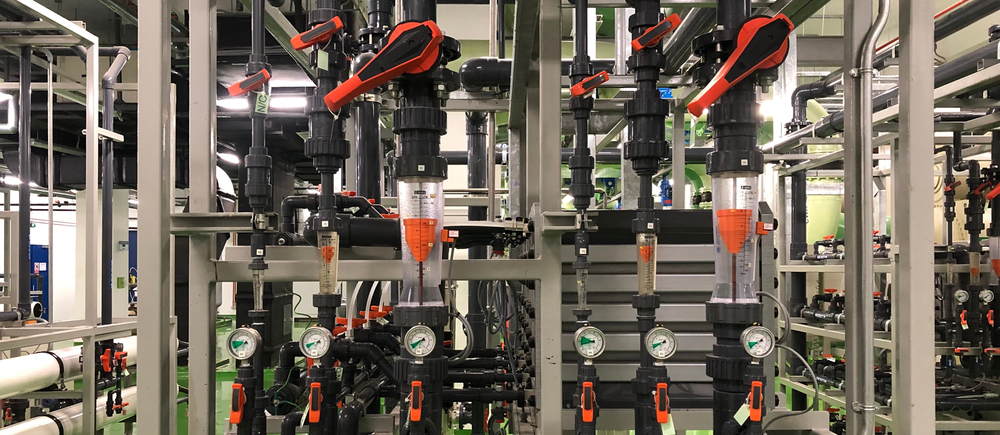Factory Production of Direct Acting Solenoid Valves for Fluid Control Applications and Solutions
Understanding Direct Acting Solenoid Valves A Comprehensive Overview
Direct acting solenoid valves are essential components in modern automated systems. These valves play a critical role in regulating fluid flow and pressure in a variety of applications, ranging from industrial machinery to complex HVAC systems. The factory behind the production of these vital components ensures high standards of quality, efficiency, and innovation. This article explores the workings, advantages, and manufacturing aspects of direct acting solenoid valves.
What is a Direct Acting Solenoid Valve?
A direct acting solenoid valve is an electromechanical device that uses electromagnetic force to open or close a valve. Unlike pilot-operated valves, which require a pressure differential to function, direct acting solenoid valves operate directly from the electromagnetic coil, making them suitable for smaller pipe sizes and low-pressure applications. When the solenoid coil is energized, it creates a magnetic field that pulls a plunger upward, allowing fluid to flow through the valve. Conversely, when the coil is deactivated, a spring closes the valve, stopping the flow.
Key Features and Benefits
One of the most significant advantages of direct acting solenoid valves is their speed of operation. These valves can switch on and off rapidly, making them ideal for applications where quick response times are crucial. Additionally, their simple design leads to easier installation and maintenance, which can significantly reduce operational costs.
Another benefit is their versatility. Direct acting solenoid valves can be used in various applications, including water, air, gas, and other fluids. They are commonly used in irrigation systems, beverage dispensing machines, and medical devices, showcasing their ability to serve diverse industries.
direct acting solenoid valves factory

Moreover, the compact nature of these valves allows for installations in tight spaces, making them a favorable choice for modern engineering designs. Their durability and reliability contribute to longer service life and reduced replacement frequency, enhancing the overall efficiency of the systems they serve.
The Manufacturing Process
The manufacturing of direct acting solenoid valves involves multiple stages, ensuring each valve meets stringent quality standards. Factories typically start with sourcing high-quality materials, including stainless steel, brass, and other corrosion-resistant alloys. This choice of materials is vital for the valves’ performance and longevity, particularly in harsh operating environments.
The production process continues with precision machining, where pieces are shaped and sized to specifications. This step is critical, as a well-fabricated valve will ensure optimal sealing and operation. Following machining, components such as solenoid coils, plungers, and springs are assembled with meticulous attention to detail.
Quality assurance is a cornerstone of any reputable factory producing direct acting solenoid valves. Each valve undergoes rigorous testing, including pressure tests, leak tests, and electrical tests, to ensure they meet or exceed industry standards. This commitment to quality not only reinforces customer trust but also enhances the reputation of the manufacturing company.
Conclusion
Direct acting solenoid valves are indispensable in various fields, playing a vital role in the automation of fluid control systems. Their rapid operation, compact design, and ease of maintenance make them an attractive choice for engineers and operators alike. Understanding the intricacies of their manufacturing process is equally important, as it reflects the quality and reliability of the products available in the market. As technology continues to evolve, the factories behind these valves will undoubtedly embrace new innovations, ensuring that they remain at the forefront of industry advancements. By investing in high-quality direct acting solenoid valves, businesses can optimize their operations, reduce costs, and enhance productivity, solidifying their place in a competitive landscape.
-
The Key to Fluid Control: Exploring the Advantages of Ball Valves in Industrial SystemsNewsJul.09,2025
-
The Versatile World of 1, 2, and 3 Piece Ball ValvesNewsJul.09,2025
-
Stainless Steel Ball Valves: The Ideal Choice for Efficient Flow ControlNewsJul.09,2025
-
Optimizing Fluid Control with Ball Float ValvesNewsJul.09,2025
-
Manual Gate Valves: Essential for Control and EfficiencyNewsJul.09,2025
-
Everything You Need to Know About Butterfly ValvesNewsJul.09,2025
-
The Versatility of Wafer Type Butterfly ValvesNewsJul.08,2025




